Meherpur, Feb 15 (V7N) - In a bid to meet the growing demand for food and address labor shortages, farmers in Bangladesh are rapidly adopting modern, time-saving agricultural technologies, marking a significant shift from traditional farming practices. Spearheaded by the Department of Agricultural Extension (DAE), the introduction of the Samaloy method—a mechanized approach to paddy cultivation—is transforming the agricultural landscape in regions like Meherpur.
The Samaloy method synchronizes all stages of farming, from planting to harvesting, using advanced machinery. This innovative approach replaces traditional tools like ploughs and spades with mechanized solutions, significantly reducing labor and time requirements while increasing productivity.
Recently, the DAE launched mechanized Boro paddy cultivation in Gangni upazila for the 2024-2025 season. Over 200 farmers attended a demonstration at Garan Field in Gopalnagar village, where the benefits of the Samaloy method were showcased. This year, 100 acres of land in Meherpur Sadar and Gangni upazilas will adopt this method under the DAE's supervision.
The Samaloy method involves planting paddy saplings in plastic trays, where seeds are sown and later transplanted into fields using rice transplanting machines. This mechanized approach also includes machine-based fertilization, irrigation, and harvesting, addressing labor shortages and reducing production costs.
"Through this method, everything—from seed planting to fertilizer application and even harvesting—will be done using machines," said Imran Hossain, Agricultural Officer in Gangni. He emphasized that this technology would help local farmers save time and money while improving yields.
The DAE is actively encouraging farmers to adopt the Samaloy method to enhance efficiency and productivity. This year, the department has set a target to cultivate Boro paddy on 19,327 hectares of land in the district. As part of this initiative, 60 farmers in Gopalnagar village, Gangni upazila, will plant paddy on 50 acres using transplanting machines. Additionally, 65 farmers in Ashrafpur village, Meherpur Sadar upazila, will adopt the same method on another 50 acres.
Bijoy Krishna Haldar, the DAE Deputy Director of Meherpur, highlighted the initiative's dual goals: reducing labor costs and increasing the use of technology in farming. "We hope this new technology will significantly lower production costs for farmers, making their operations more profitable," he said.
Farmers in the region are increasingly moving away from traditional transplantation methods, which are labor-intensive and time-consuming. The mechanized approach not only addresses labor shortages but also ensures faster and more efficient farming.
"With the Samaloy method, we can complete tasks in days that used to take weeks," said a local farmer who attended the demonstration. "It’s a relief, especially when labor is scarce and expensive."
The adoption of modern farming techniques like the Samaloy method reflects a broader global trend toward agricultural mechanization. As Bangladesh strives to modernize its agricultural sector, such innovations are expected to play a crucial role in ensuring food security, improving farmers' livelihoods, and boosting the country’s agricultural output.
For now, the message from Meherpur is clear: the future of farming is mechanized, and the Samaloy method is leading the way.
END/ARG/RH/



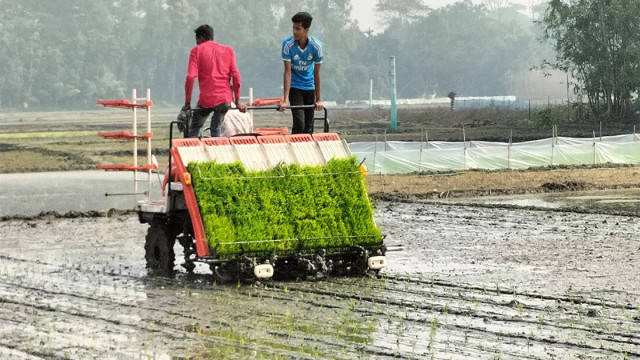
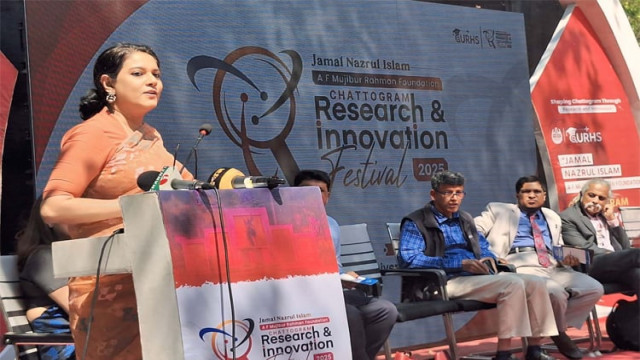
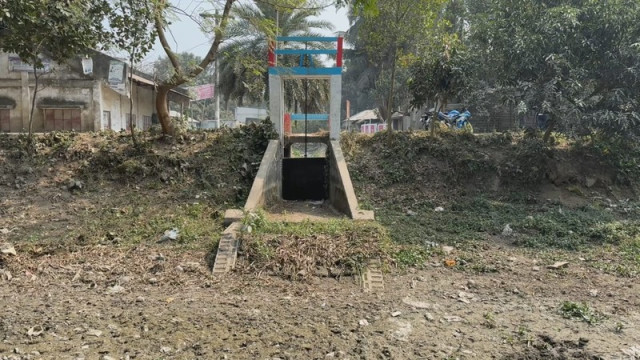
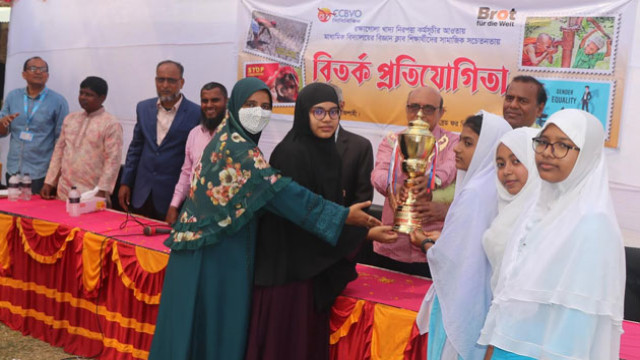
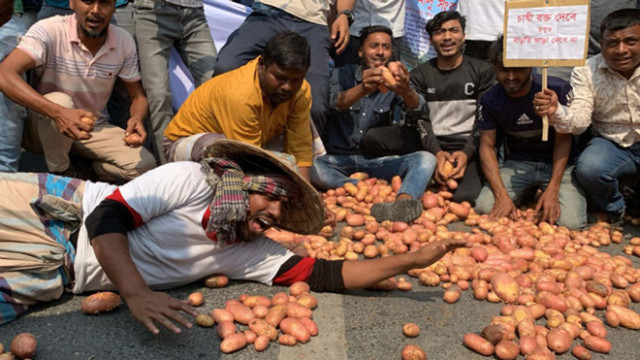
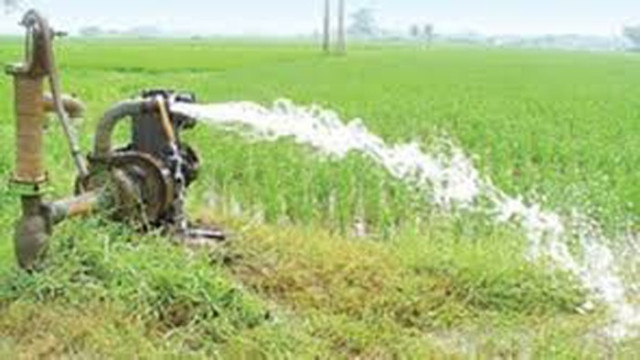
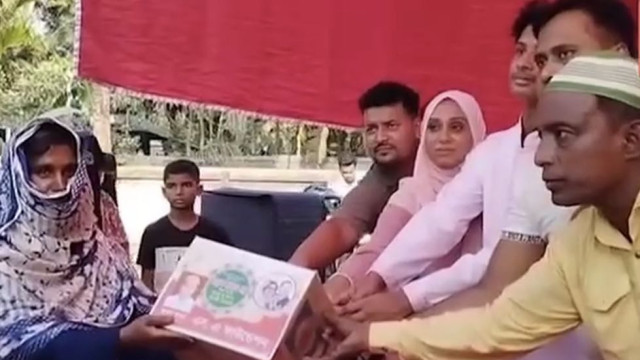

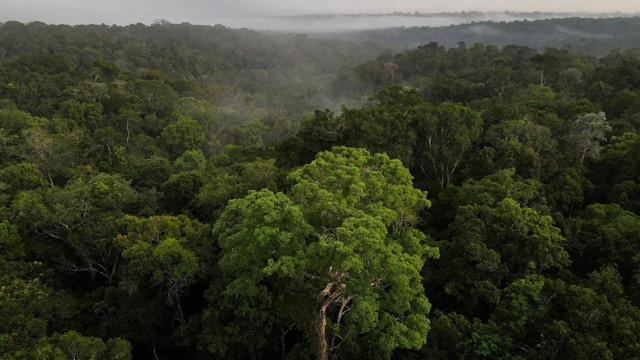
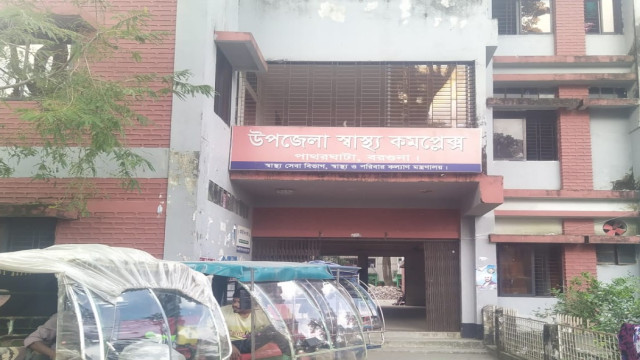

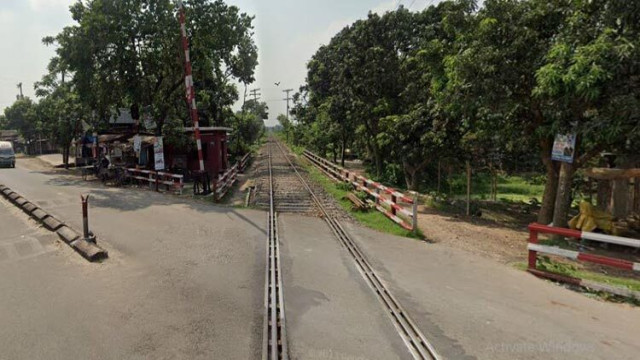
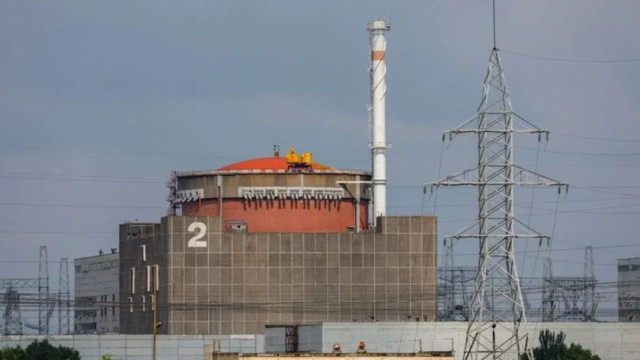
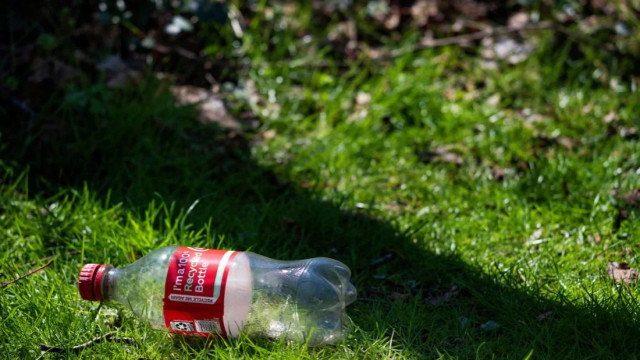
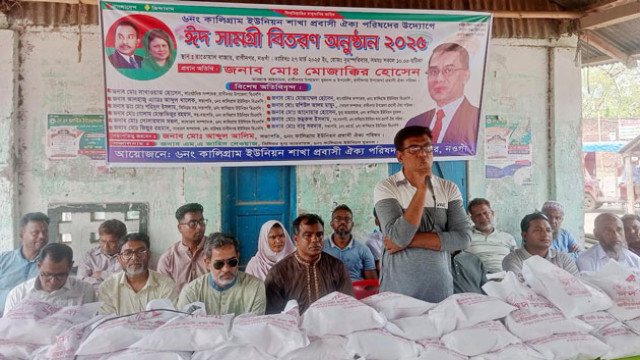
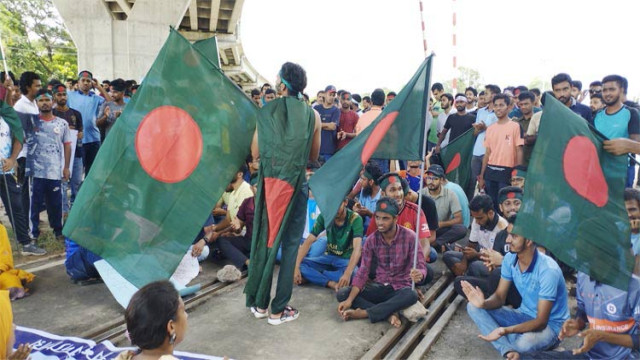

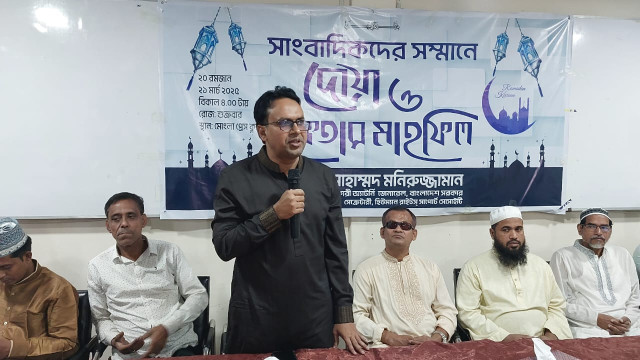
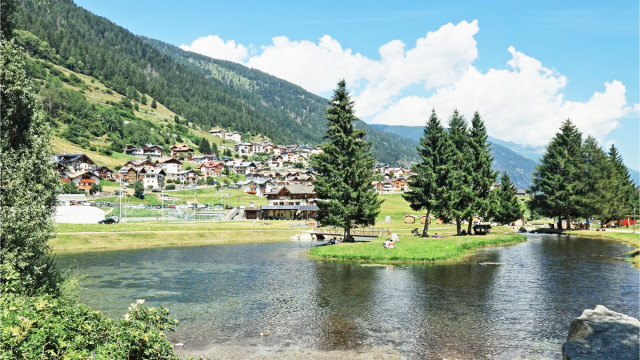
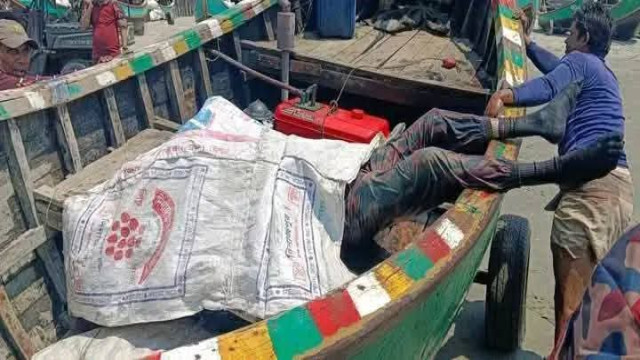
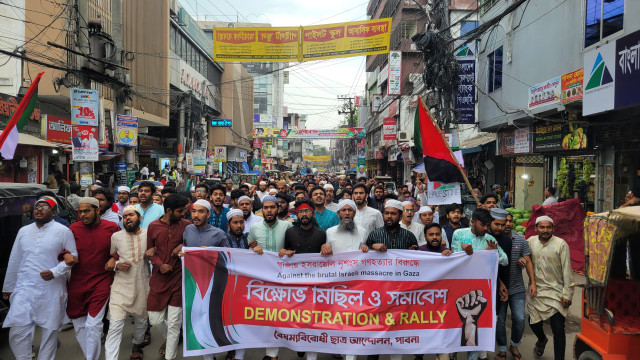

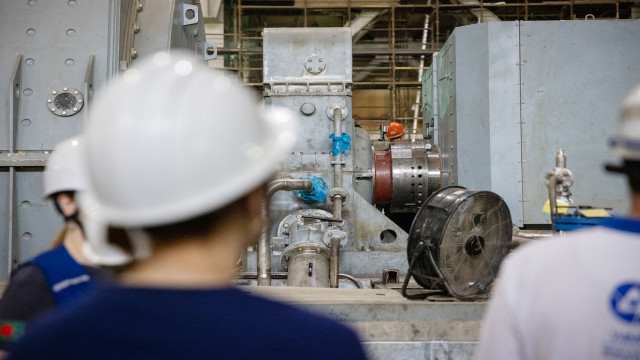
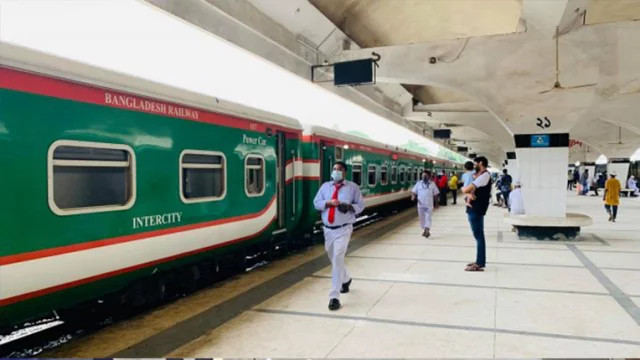
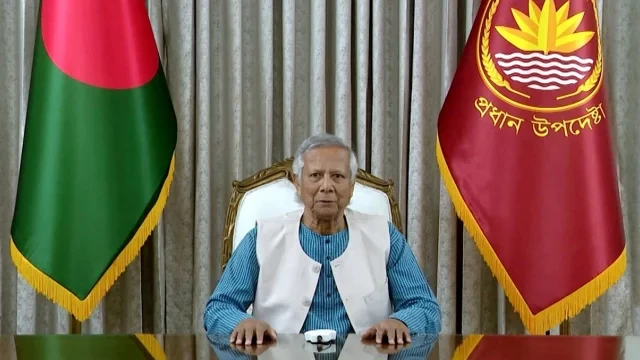
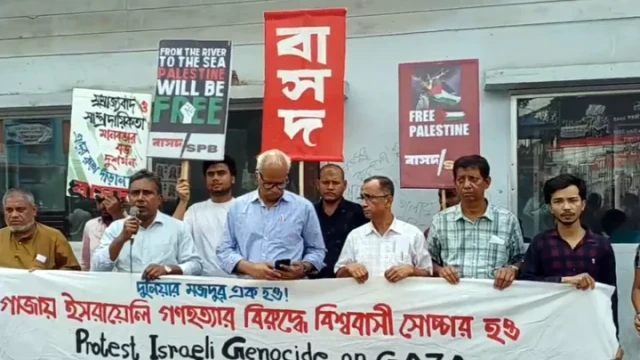
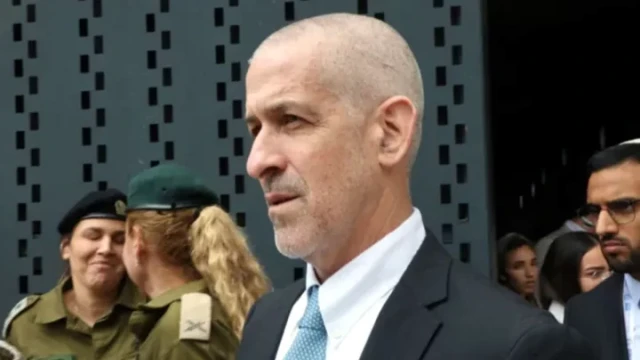
Comment: